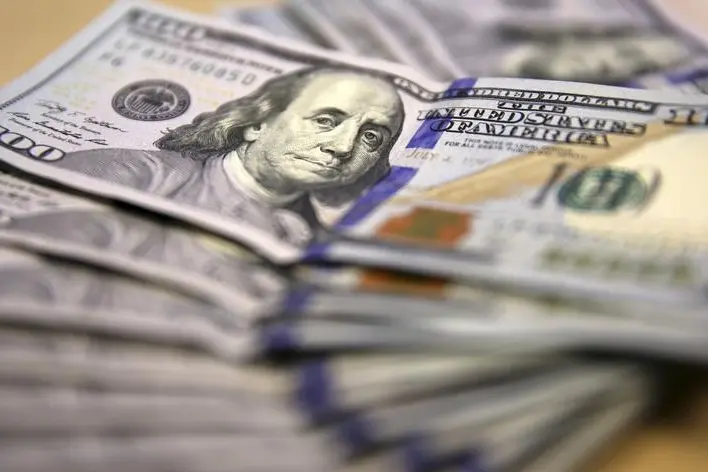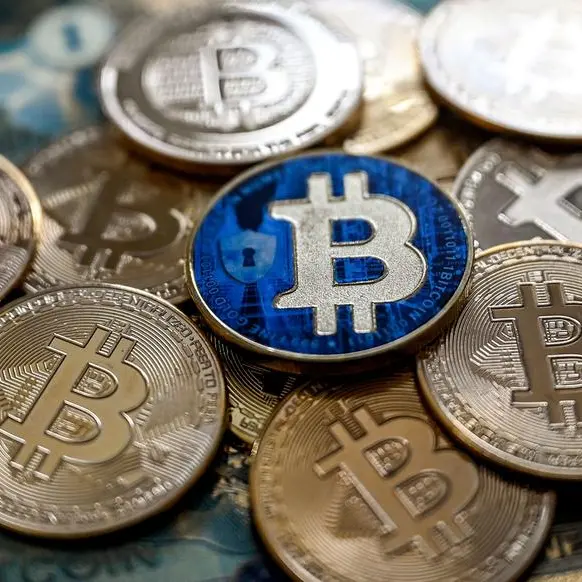PHOTO
The pound resumed its decline against the dollar on Tuesday, falling to a five-week low, and steadied on the euro as markets calmed down after the previous day's sharp swings.
Sterling was last down 0.6% against the dollar at $1.2699, its lowest since July 3. It has fallen around 2.6% from its mid-July peak a fraction above $1.30, as traders trimmed their long positions into the Bank of England's rate cut last week .
The sterling-dollar rate has been less affected than those for some other currency pairs by recent ructions across markets. Patrick Ernst, currency strategist at UBS Global Wealth Management said in a note this is because the pound's sensitivity to swings in assets like equities compensated for changes in the relative rate outlook.
Markets have increased their expectations of Federal Reserve rate cuts substantially and now see over 100 basis points of easing across the Federal Reserve's three meetings this year. That compares with less than 50 bps of further cuts expected from the Bank of England.
This shift in differentials would typically support the pound, but as one of high beta currencies that tend to follow broader market swings it came under pressure from the sharp sell-off in equities in the past two trading days.
The pound was also a fraction weaker on the euro with one euro at 85.9 pence, though more stable than it was yesterday.
The euro jumped to as high as 86.19 pence on Monday, its highest since early May, a move Nick Rees, currency analyst at Monex Europe, attributed to some safe-haven flows shifting to the common currency from the dollar, given the ructions in the United States.
Against the yen, the biggest mover in currency markets in recent weeks, the pound was down 0.24%, at 183 yen, its sixth straight day of declines, as the unwinding of carry trades has supported the Japanese currency.
The longer-term prospects for the pound, however, still depend on rate differentials.
"We believe that resistance levels around 1.30 will hold in the short term and that they will only be broken later in the year when Fed cuts are underway and the USD weakens more broadly," said Ernst.
(Reporting by Alun John Editing by Tomasz Janowski)























